Tag: diagnosis

Epidemiology and Outcomes of Critically Ill Children at Risk for PARDS
The Pediatric Acute Lung Injury Consensus Conference “at-risk for pediatric acute respiratory distress syndrome” criteria identify critically ill children at high risk of pediatric acute respiratory distress syndrome... read more

Therapeutic Hyperthermia Associated with Improved Survival in Afebrile Critically Ill Patients with Sepsis
Participants randomized to external forced-air warming did not have a difference in HLA-DR expression or IFN-γ production. In this pilot study, however, 28-day mortality was lower in the intervention group. Future research... read more
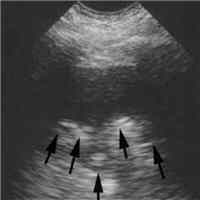
Lung Ultrasonography Beyond the Diagnosis of Pediatrics Pneumonia
Pneumonia is a prevalent disease with considerable morbidity and mortality among the pediatric population. Early diagnosis and swift commencement of the correct treatment are vital for a favorable clinical outcome. Along... read more

POCUS and Digital Tomosynthesis Correlation When Used with COVID-19 Pneumonia Patients
Point-of-care ultrasound (POCUS) in primary care has good sensitivity and specificity when compared to digital tomosynthesis as regards the diagnosis of COVID-19 pneumonia in patients with the clinical suspicion of pulmonary... read more

Virtual Craniofacial Clinic Outcomes for Assessing Plagiocephaly During the COVID-19 Pandemic
Virtual clinic encounters resulted in comparable diagnostic accuracy. The trend toward frequent follow-up assessments and changes in the final diagnosis in the virtual clinic cohort has indicated a level of diagnostic uncertainty... read more
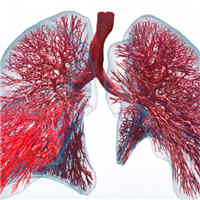
ARDS Subphenotypes Validation and Utility Identified by Machine-learning Models
Classifier models using clinical variables alone can accurately assign ARDS subphenotypes in observational cohorts. Application of these models can provide valuable prognostic information and could inform management strategies... read more

Coupled Plasma Filtration and Adsorption for Septic Shock Treatment
Early deaths are likely related to the ongoing CPFA treatment, for reasons that if identified could allow some deaths to be prevented. We hypothesize a connection to hemodynamic instability consequent on renal replacement... read more
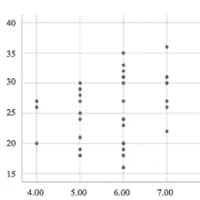
The Value of Echocardiography Combined with Lung Ultrasound to Evaluate COVID-19 Pneumonia
In COVID-19 pneumonia patients, the pulmonary arterial pressure and LUS are positively correlated. For those who are unable to be transferred or relocated, the pulmonary arterial pressure may be measured to reflect the degree... read more
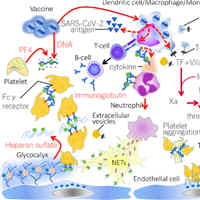
Recognizing Vaccine-Induced Immune Thrombotic Thrombocytopenia
Vaccine-induced immune thrombotic thrombocytopenia is a serious complication of vaccination that is not feasible to anticipate or prevent. When the patient presents with sustained headache, neurologic symptoms/signs,... read more

How One Patient Was Treated for a Stroke Via Telemedicine
A patient believed to have suffered a stroke typically gets transported to the nearest emergency room for tests to determine the best course of action. Telemedicine at Johns Hopkins Medicine enabled one patient to have... read more
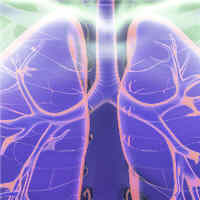
Hypocalcemia Association with In-hospital Mortality and Complications in Patients with Acute Pulmonary Embolism
Pulmonary Embolism (PE) patients with hypocalcemia have higher in-hospital mortality than those without hypocalcemia. The in-hospital complications were also higher, along with longer length of stay. In the 2017 NIS, 187,989... read more

Without POCUS we are Failing our CHF Patients
In its most basic sense, the physical exam is a method of inferring the state of health of the internal organs. For two centuries, it has been accomplished through auscultation, inspection, palpation, and percussion. These... read more

Early Mortality Prediction in Sepsis Patients Using Structured Features and Unstructured Clinical Notes
Sepsis is an important cause of mortality, especially in intensive care unit (ICU) patients. Developing novel methods to identify early mortality is critical for improving survival outcomes in sepsis patients. Using the... read more

VTE Diagnosis and Treatment in the COVID-19 Era
This is a very interesting time to be an intensivist with a research interest in blood clots. As such I wanted to use this time to talk about how COVID 19 has changed our approach to diagnostics, therapeutics and even to... read more




